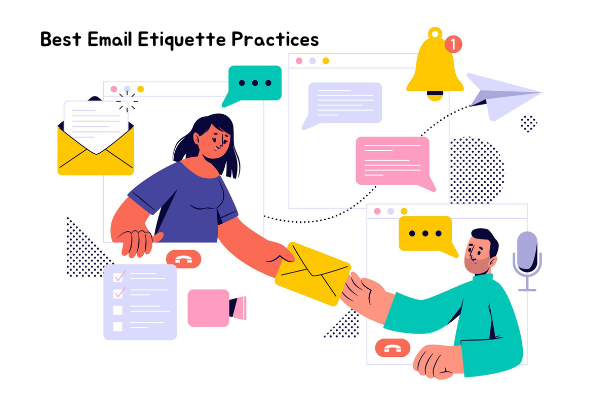
Subject lines that grab attention
Crafting attention-grabbing subject lines is essential in email communication, especially in a business context where the volume of emails can be overwhelming. An effective subject line can determine whether your email gets opened or ignored. Here are some tips for creating subject lines that stand out:
-
Be Clear and Concise: People often scan subject lines quickly. A clear and concise subject line is more likely to grab attention. Aim for about 6 to 10 words that get straight to the point.
-
Create a Sense of Urgency: Use language that conveys urgency or time-sensitivity, such as “Immediate action required” or “Deadline approaching.” This encourages the recipient to open the email sooner rather than later.
-
Personalize: Whenever possible, personalize the subject line. Including the recipient’s name or a reference to a specific interest or recent interaction can make the email feel more relevant and compelling.
-
Highlight Value or Benefits: Let the recipient know there’s something beneficial inside. For example, “Exclusive offer inside” or “Key insights for your project.”
-
Ask a Question: Questions can pique curiosity. For instance, “Do you know the latest trends in your industry?” This approach encourages the recipient to open the email for answers.
-
Use Action Words: Starting with verbs can create a sense of action and energy. For example, “Join us for an exclusive webinar.”
-
Be Specific: Vague subject lines are less compelling than specific ones. Instead of “Meeting Reminder,” try “Reminder: Budget Meeting Tomorrow at 10 AM.”
-
Leverage the Fear of Missing Out (FOMO): People hate to miss out. Use subject lines that hint at something they’ll lose if they don’t open the email, like “Last chance to register for the event!”
-
Avoid Spammy Language: Words like ‘Free’, ‘Buy now’, or ‘Save big’ can trigger spam filters or be off-putting. Keep it professional, especially in a business context.
-
Test Different Styles: If you’re sending emails to a larger group, consider A/B testing different subject lines to see what resonates best with your audience.
-
Use Numbers and Lists: Numbers often stand out in a sea of words. For example, “5 Essential Strategies for Marketing Success.”
-
Keep It Relevant: Make sure your subject line is directly related to the content of your email. Misleading subject lines can frustrate recipients and damage trust.
Remember, the best subject lines are those that accurately reflect the content of the email while also being engaging and relevant to the recipient. Tailoring your approach to your specific audience and context is key to success.